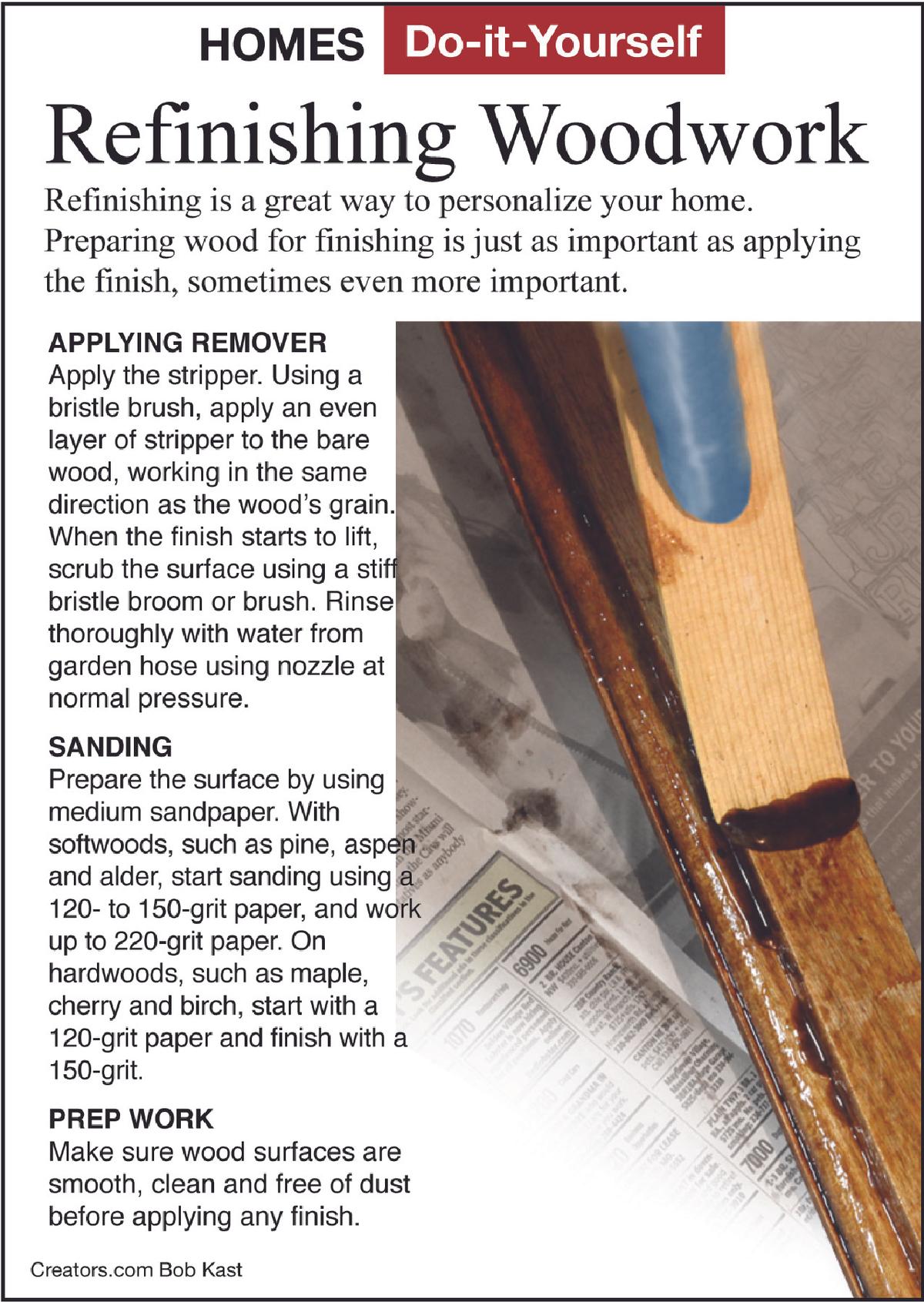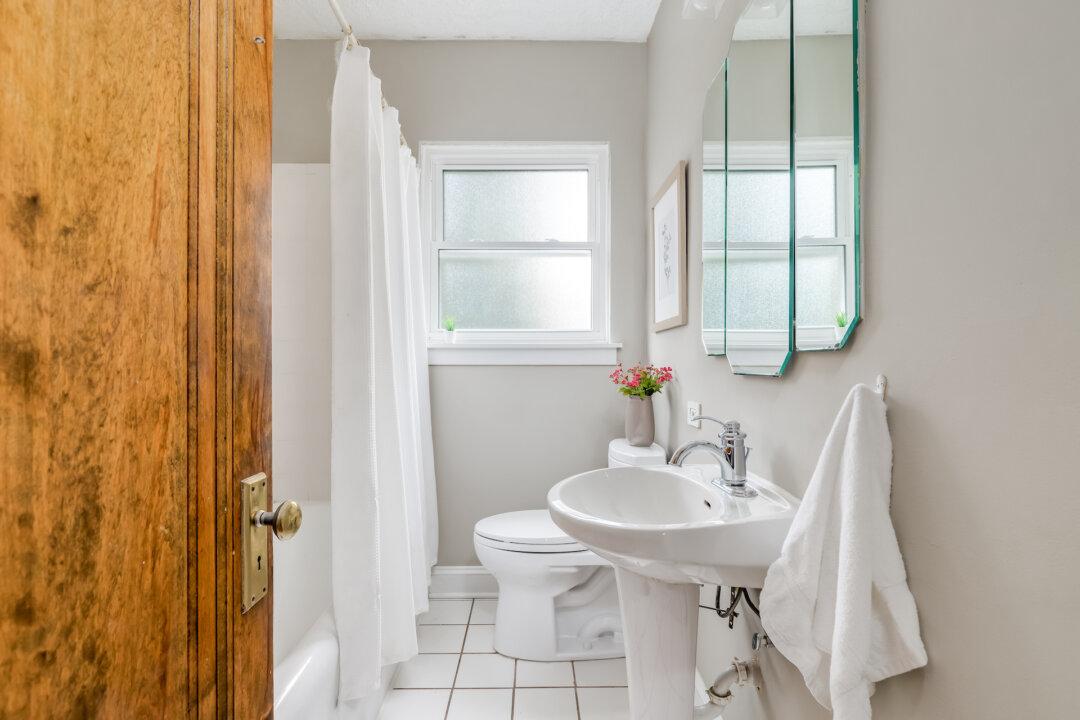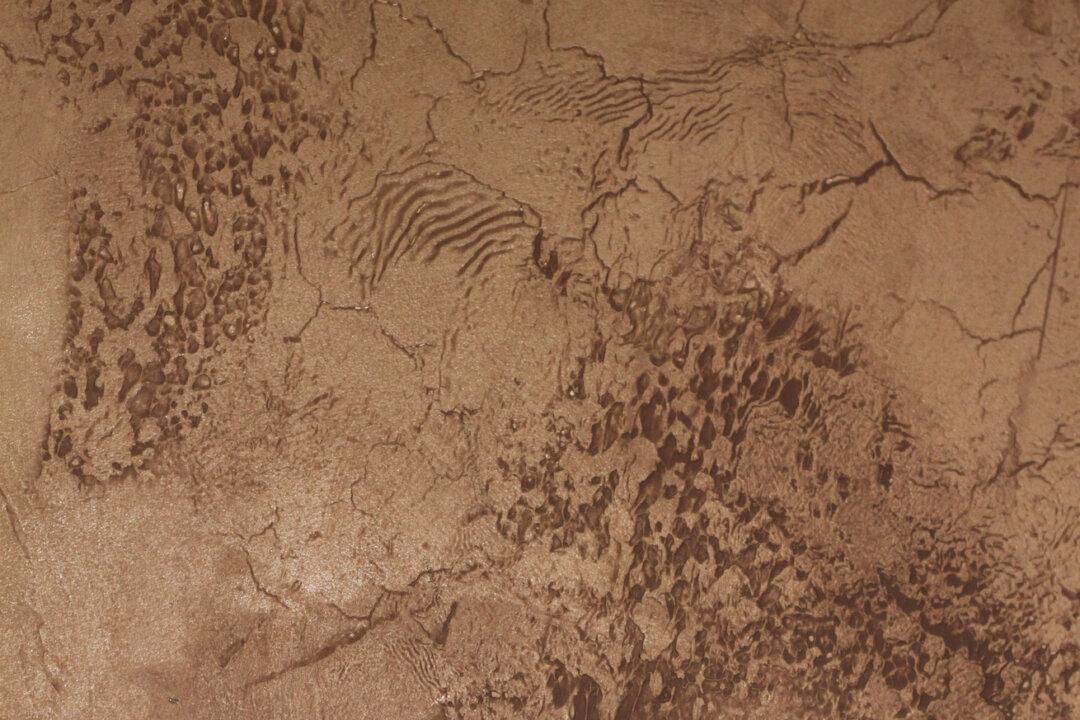The woodwork in very old houses was usually either painted or left natural and finished with clear varnish. The more durable and harder-to-remove finishes, such as urethane, were not available back then. Even though varnish is easier to strip, don’t start rejoicing yet. There are likely several coats of varnish or paint on woodwork that old.
The three primary techniques for stripping old varnish and paint from woodwork are chemicals, sandpaper, and heating. With a house as old as yours is, there were many types of wood and finishes used. You will likely have to use all three techniques to do the entire job. Some pieces will require the application of two or more stripping techniques.
The easiest and gentlest technique for removing the old finish is chemical stripping. This is particularly true for smaller pieces of the woodwork, which you can remove from the wall. After you apply the stripper, place the pieces on end in a can to catch the runoff. This stripper can be used again on another piece.
There are several types of chemical stripper from which to choose. A paraffin stripper is the least expensive and fairly easy to use. It strips well, but it leaves a paraffin residue that must be cleaned off with paint thinner. Another slightly-more-expensive no-clean grade does not leave a residue. It might still be a good idea to clean off the wood with some light sanding.
The best type of stripper to use is called water wash. These chemicals strip varnish and paint thoroughly and are easy to use. The force of water from a garden hose is usually enough to rinse away the old finish and stripper chemicals. When using this, don’t leave the stripper on for very long, and dry the wood quickly.
You have two options for the form of stripper: liquids or pastes. Paste stripper works well on vertical pieces of woodwork that you cannot remove from the walls. It is also handy to use on pieces with a lot of fine detail. Liquid strippers are best for larger, flat surfaces.
Sanding with a power sander is effective and quick for removing old paint and varnish from large, flat areas. Power sanding can remove a lot of the underlying wood quickly, so make sure you are not working with a thin veneer. Also, be very careful when working on parts with raised detail.
If you plan to do some of the work on detailed pieces with a scraper, using a heat gun softens the old finish for easier removal. Use an electric heat gun—not a propane torch as some experienced refinishers sometimes do.







Friends Read Free